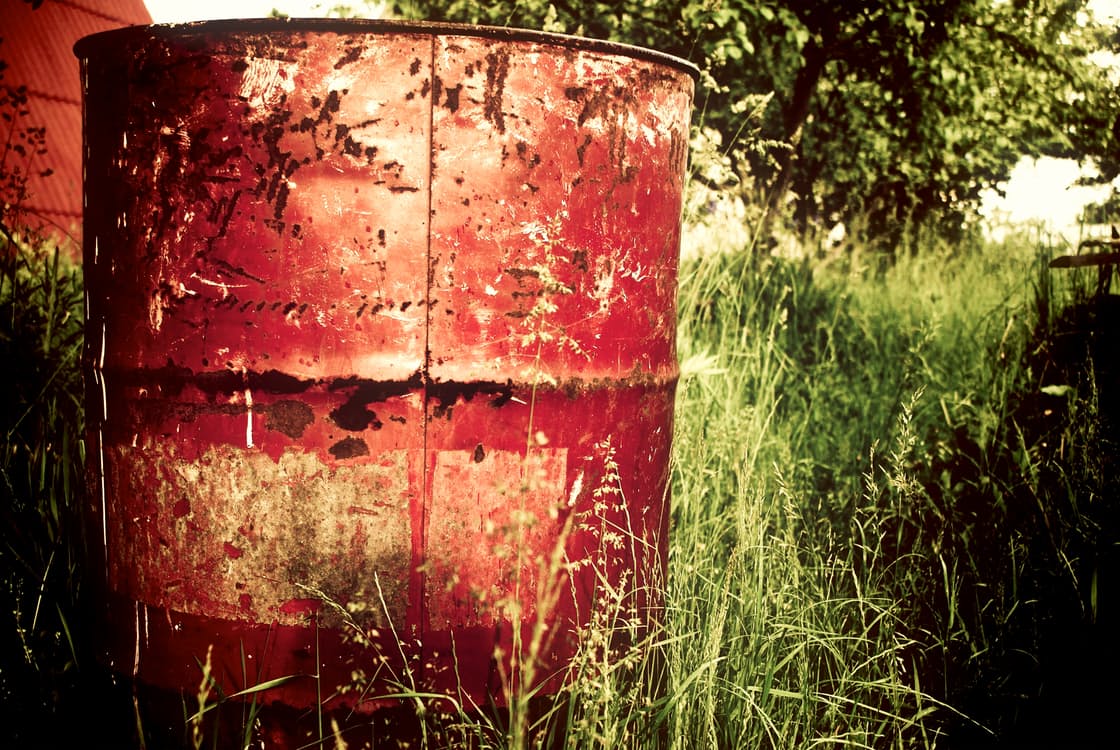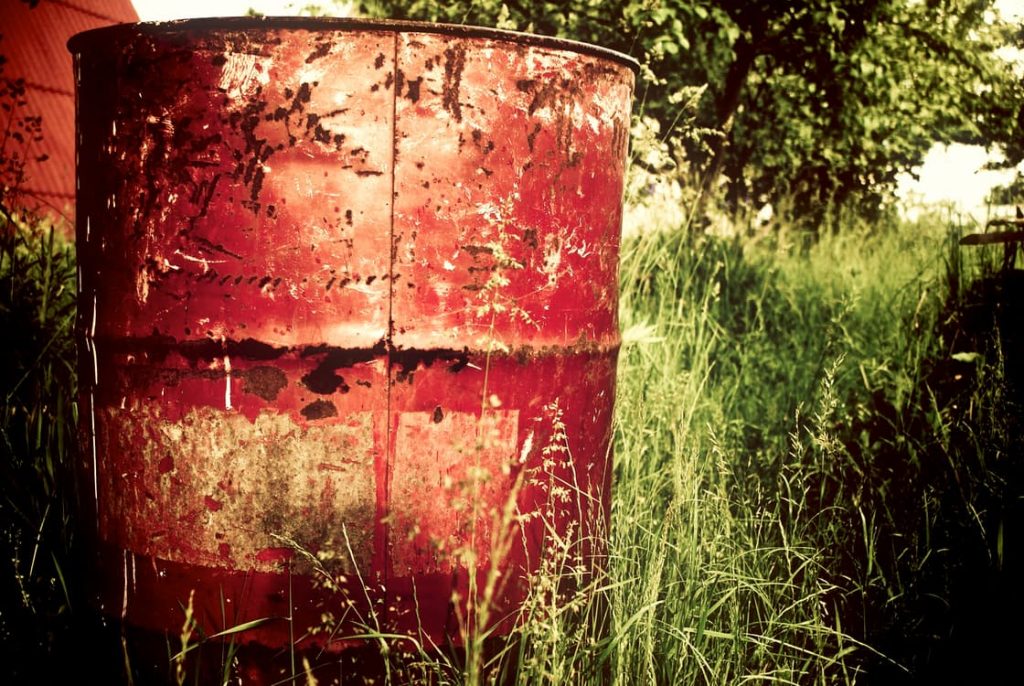We all know that oil is an important resource. We know that there is a lot of controversy regarding where we obtain our oil. But one thing we don’t focus on enough is how the oil is transformed from the way it looks right out of the ground, to the gasoline that we put in our cars. The process that takes place in an oil refinery is a long, multistep process.
When oil is first drilled out of the ground it is called crude oil, and is also known as petroleum. It is a fossil fuel, meaning that it was created naturally from decaying animals and plants living the the seas millions of years ago. When it comes from the ground, we typically think of crude oil as black, a stark contrast from the clear gasoline we put in our cars. The truth is that crude oil can come in a variety of colors and viscosities, from clear to black and from water-like to almost solid. But no matter how it looks when it comes out of the ground, it goes through the refining process.
Crude oil contains many hydrocarbons all mixed together. Hydrocarbons are molecules that contain both hydrogen and carbon. Hydrocarbons are exciting to chemists for two key reasons: they contain a lot of energy and they can take many different forms, coming in a number of different lengths and structures. The great thing about hydrocarbons is that they can form different substances. Some of the products that come from crude oil include gasoline, petroleum gas, kerosene and fuel oil. However, you need to separate the different types of hydrocarbons to have anything useful. Oil refining is essentially the process of separating these types of hydrocarbons.
Below are the steps of the refining process:
- The most common way to separate substances into various components, called fractions, is to use the differences in boiling temperature. This is called fractional distillation. This involves heating the crude oil up, then letting it vaporize and condense the vapor.
- Some people use newer techniques, such as conversion. In these techniques, chemical processing is used on some of the fractions to make others. Chemical processing has the potential to break longer chains into shorter ones. This way, a refinery can turn diesel fuel into gasoline depending on the need for gasoline.
- Refineries need to treat the fractions in order to remove impurities.
- Refineries then mix the fractions, both processed and unprocessed, together to make the desired product. Different mixtures of chains, for example, can create gasolines that have different octane ratings.
The products are then stored on-site until they are delivered to markets such as gas stations, chemical plants and airports. Crude oil is used to make many of the substances that we use every day. Next time you fill up you car with gas, you can remember the lengthy process that had to occur to get that gasoline. In this day and age, oil is a topic that is often considered political, but it is fascinating from a scientific perspective as well.

